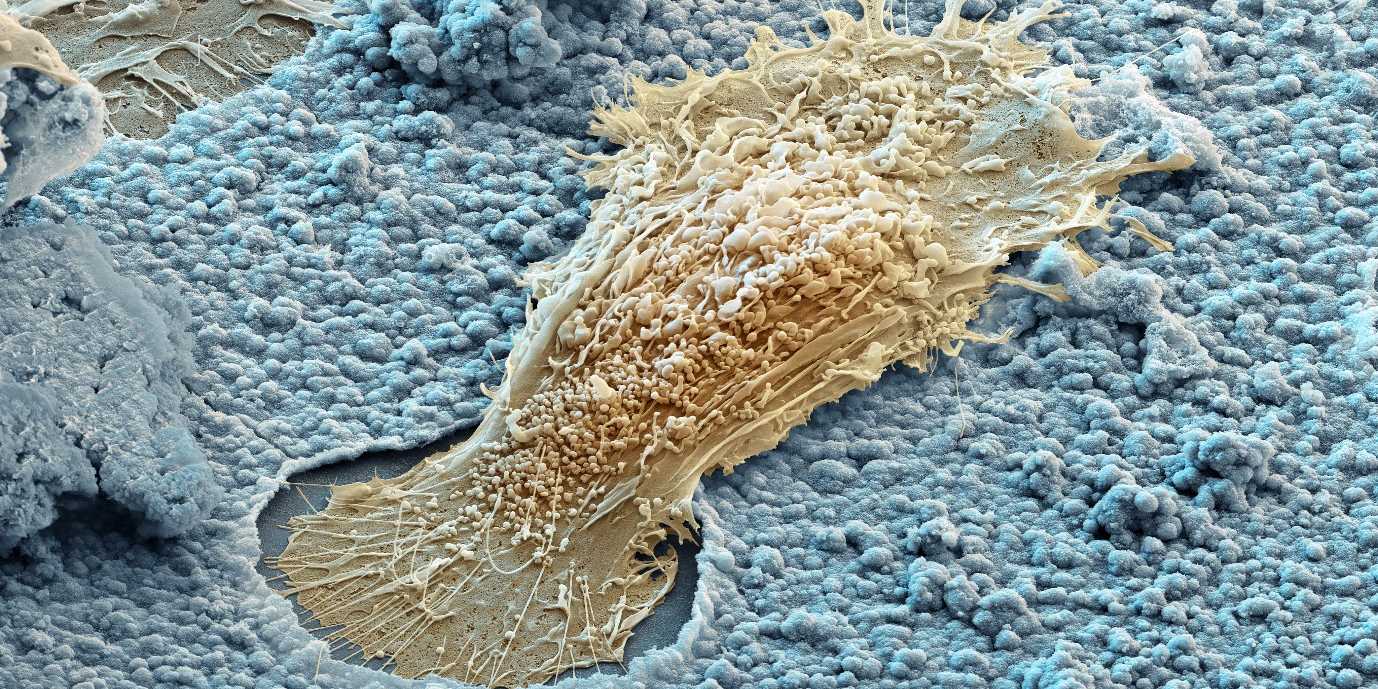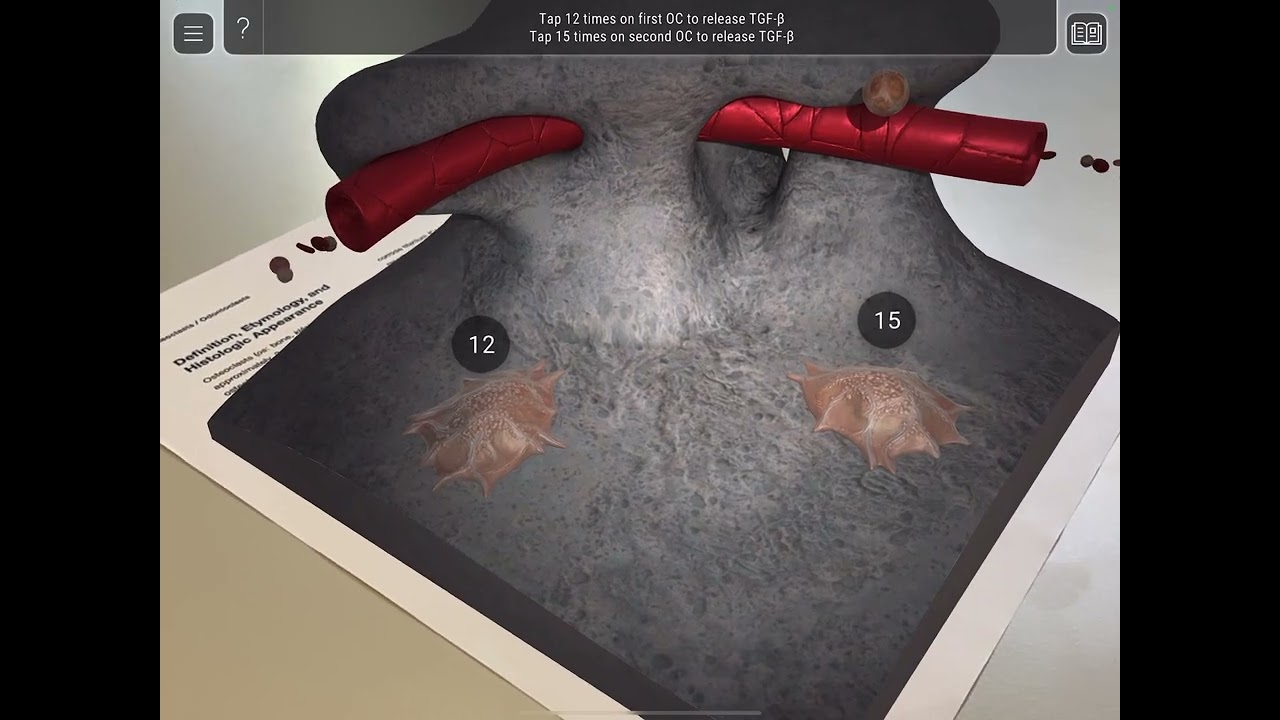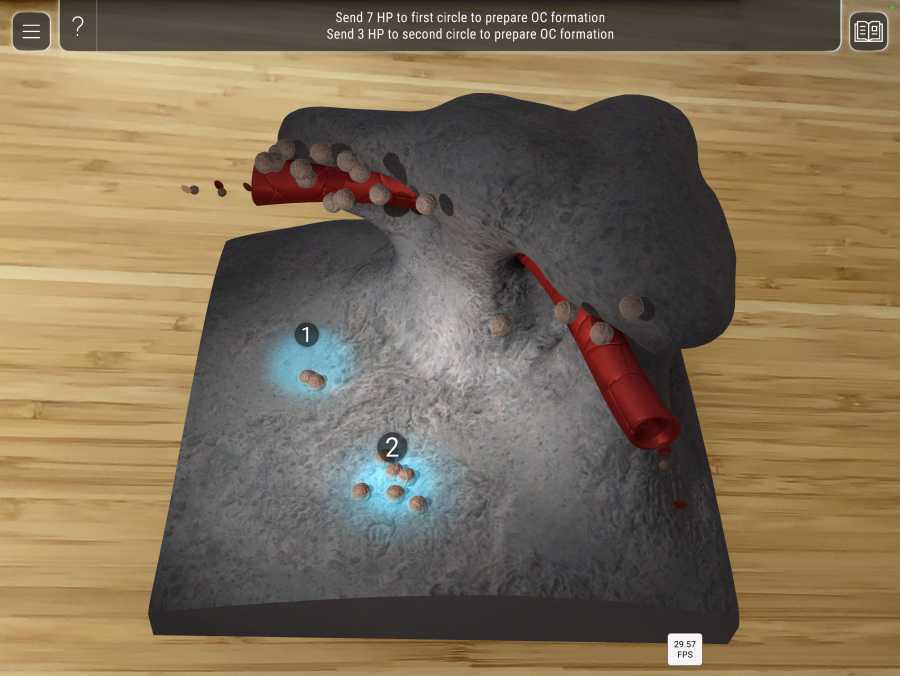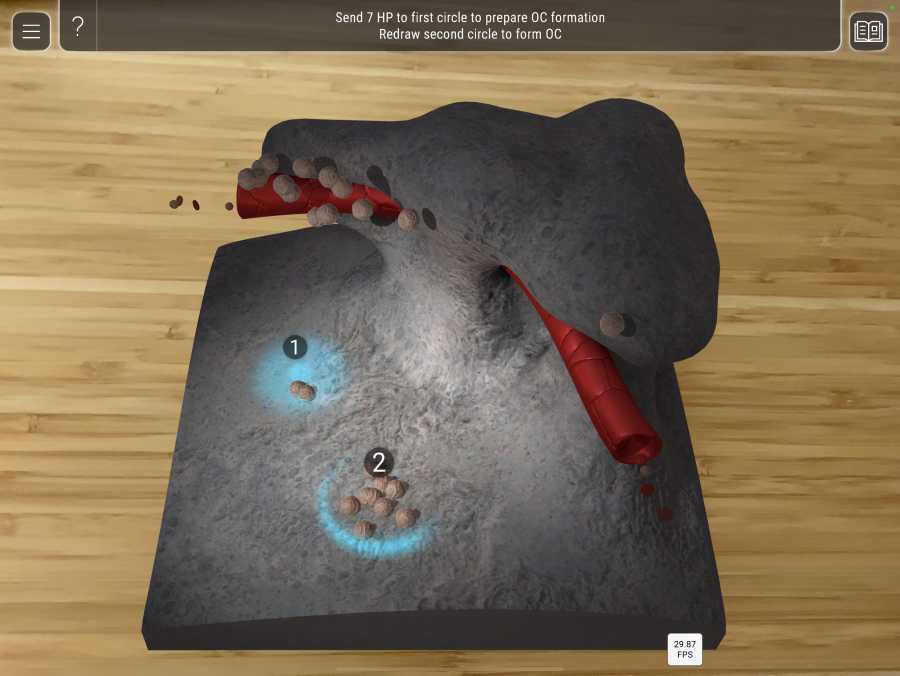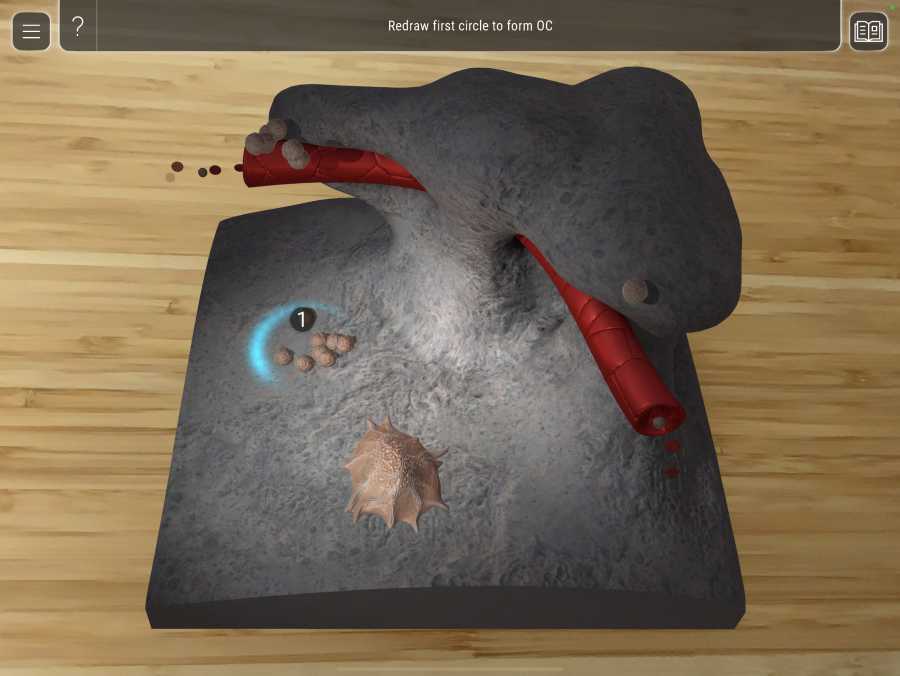Another challenge was to ensure that the app would work on as many devices as possible: “At the GTC, we usually deal with research prototypes – so they might only run on one device, but they can do crazy things,” Zünd says. AR Osteoclasts, by contrast, is an app store product intended to reach as many people as possible. In fact, the developers had to restrict the technology in AR Osteoclasts to ensure that the app would work on older devices as well. The digital artist Violaine Fayolle has compressed the detailed 3D model of the bone on whose surface the player is located to prevent devices from running hot when displaying the game. The 3D model was created by medical film producer interActive Systems. The company participated in the development of the app alongside the publishers
Which is better, playing or reading?
A study is currently underway to determine if the app improves students’ motivation and learning performance. However, the two computer scientists are both convinced that games have great educational potential. “Games can be a vehicle for information, but it’s difficult to know what to communicate,” Grübel says. “We still need more results from the learning sciences.” In striking a balance between play and knowledge transfer, the app may not have turned out as playful as Grübel had hoped; however, considering the short development time, he is pleased with the result. “Turning the contents of a book into an interactive experience is new,” he says. But the developer will get a chance to play around some more after all: together with Bernd Stadlinger, who co-edited Cell-to-Cell Communication, he plans to take the project one step further. “We would like to realise the game in virtual reality, which offers more opportunities for interaction and allows us to study how people and the computer interact,” Zünd says.
